Festival Mundial de la Juventud en Sinchon (신촌글로벌대학문화축제)
11.1Km 2024-07-30
Changcheon-dong, Seodaemun-gu, Seúl
02-330-6714
Daepojjimdak - Sinchon Branch (대포찜닭 신촌)
11.1Km 2021-03-22
27-1, Yonsei-ro, Seodaemun-gu, Seoul
+82-2-325-6633
A place where you can enjoy jjimdak (stewed chicken) with various toppings loved by Koreans. The best menu at this restaurant is braised chicken. This Korean dishes restaurant is located in Seodaemun-gu, Seoul.
Seokparang (석파랑)
11.1Km 2025-05-19
309, Jahamun-ro, Jongno-gu, Seoul
Sinchon Sisters Hostel [Korea Quality] / 신촌 시스터즈 [한국관광 품질인증/Korea Quality]
11.1Km 2021-03-27
24, Baekbeom-ro 2-gil, Mapo-gu, Seoul
This guesthouse is located in Nogosan-dong, Mapo-gu, Seoul, as a space for young backpackers catered by a fellow lover of traveling. There are 12 rooms in total, including Double (2-person), Triple (3-person), and Quad (4-person) rooms. Guests have a choice of two double beds or two bunk beds for the Quad room.
All rooms have bathrooms with a shower booth attached. There are no kitchen facilities available, but all rooms allow outside food and there are microwave ovens on premise. Washing machine and dryer is available for use with payment. The guesthouse has high customer satisfaction thanks to its affordable prices, clean facilities, and friendly service.
Sinchon and Sogang University Stations on Seoul Subway Line 2 are located only 5 min away by foot, and airport limousine and Seoul city Bus Stops can also be found nearby. The guesthouse is also close to districts popular among the young in Seoul, such as Hongdae, Hapjeong, Mangwon, and Sangsu.
Chuncheonjip Dakgalbi Makguksu (춘천집닭갈비막국수)
11.1Km 2019-12-24
1, Yonsei-ro 5ga-gil, Seodaemun-gu, Seoul
+82-2-325-2361
This Dakgalbi restaurant is located in Sinchon, an area surrounded by universities and populated by students. Chuncheonjip Dakgalbi Makguksu’s most popular dish is Dakgalbi, which is prepared by marinating boneless chicken in spicy red pepper paste and stir-frying it with various ingredients in a large cast iron pan. For an extra tasty treat, try adding an assortment of noodles to the chicken as it cooks. After you’ve finished eating your Dakgalbi, don’t forget to order rice to stir-fry in the pan to soak up the extra, flavorful sauce!
The restaurant offers a simple Dakgalbi menu at an affordable price. Thanks to the restaurant’s delicious food, reasonable prices, and casual atmosphere, the restaurant is always full of people.
Yeonnam Seosikdang (연남서식당)
11.1Km 2021-03-24
32, Baekbeom-ro, 2-gil, Mapo-gu, Seoul
+82-2-716-2520
It’s a standing rib restaurant. This restaurant's signature menu is grilled ribs. This Korean dishes restaurant is located in Mapo-gu, Seoul.
Universidad de Yonsei (연세대학교)
11.2Km 2023-07-03
Yonsei-ro 50, Seodaemun-gu, Seúl.
Najugomtang&Oudon (나주곰탕&오우돈)
11.2Km 2021-03-30
19, Sinchon-ro 18-gil, Mapo-gu, Seoul
+82-2-336-6824
It is a place where you can eat a variety of Korean dishes. The best menu at this restaurant is Naju beef bone soup. This Korean dishes restaurant is located in Mapo-gu, Seoul.
Museo de Arte Buk Seoul [SeMA] (서울시립 북서울미술관)
11.2Km 2023-10-17
Dongil-ro 1238, Nowon-gu, Seúl
+82-2-2124-5248
Situado en Junggye-dong, Nowon-gu, Seúl, el Museo de Arte Buk Seoul abarca un área total de 17.113 ㎡. El museo está formado por tres plantas bajas y 3 plantas superiores, en las que se encuentran exhibiciones permanentes y una variedad de programas educativos y culturales, además de actividades relacionadas con el arte, para que los visitantes participen en ellas.
Samho Bokjip - Sinchon Branch (삼호복집 신촌)
11.2Km 2021-03-19
10, Yonsei-ro 5da-gil, Seodaemun-gu, Seoul
+82-2-337-9019
A blowfish specialty restaurant located in Sinchon, Seoul. A restaurant specializing in blowfish dishes. The most famous menu is tiger puffer fish.
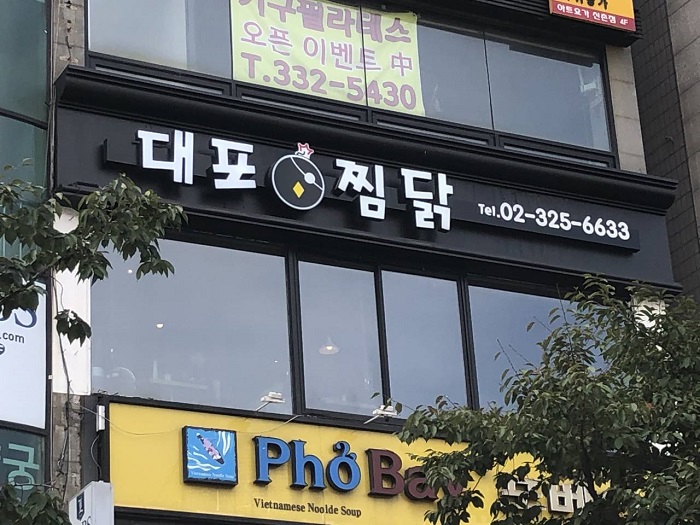

![Sinchon Sisters Hostel [Korea Quality] / 신촌 시스터즈 [한국관광 품질인증/Korea Quality]](http://tong.visitkorea.or.kr/cms/resource/92/2708492_image2_1.jpg)
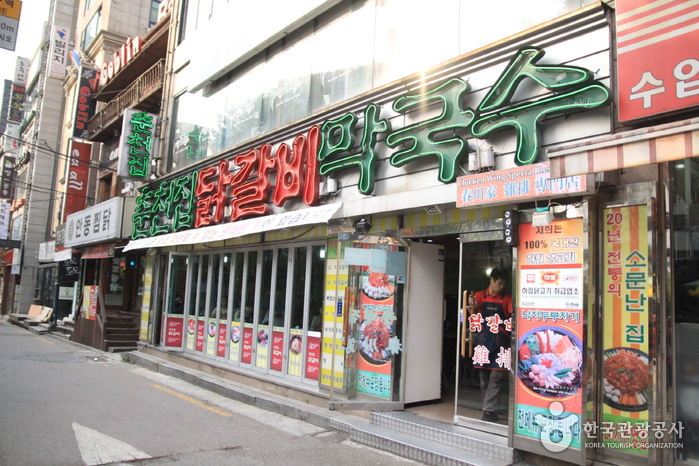
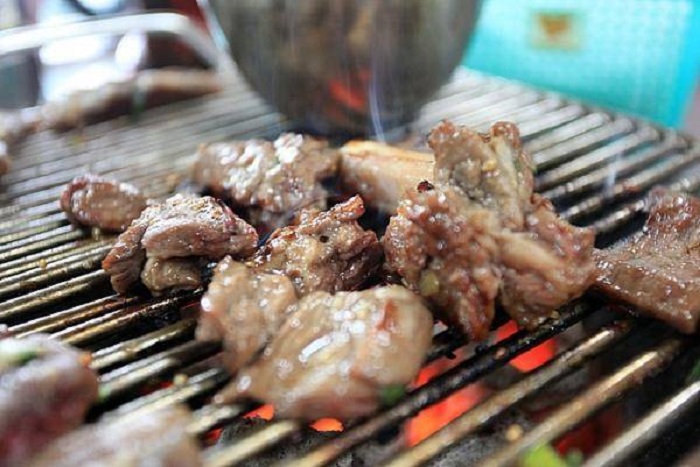
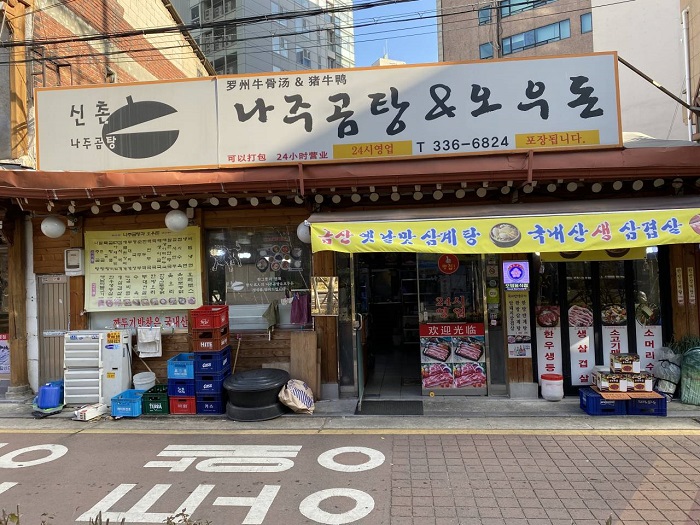
![Museo de Arte Buk Seoul [SeMA] (서울시립 북서울미술관)](http://tong.visitkorea.or.kr/cms/resource/42/3020542_image2_1.jpg)
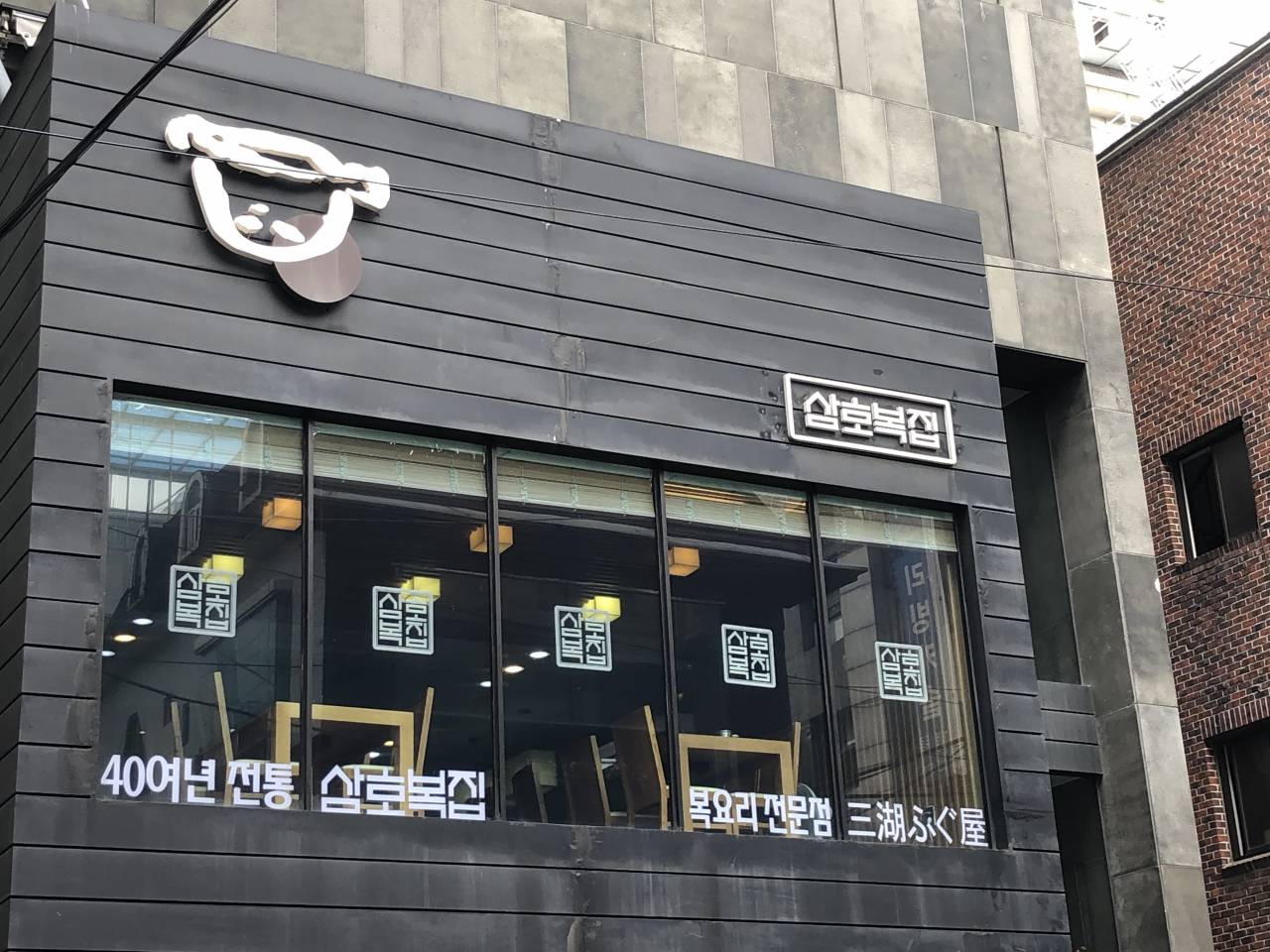
 Español
Español
 한국어
한국어 English
English 日本語
日本語 中文(简体)
中文(简体) Deutsch
Deutsch Français
Français Русский
Русский